Japan History
The Warrior Classes of Feudal Japan
Warriors of Feudal Japan
Feudal Japan remembered as the era of the Samurai, yet it also had its fair share of Warriors who were not considered Samurai. There were varied types off Warrior during Japan history, each warrior with their own characteristics .
Here are some of the Warrior Classes during Feudal Japan:
Number one: Samurai
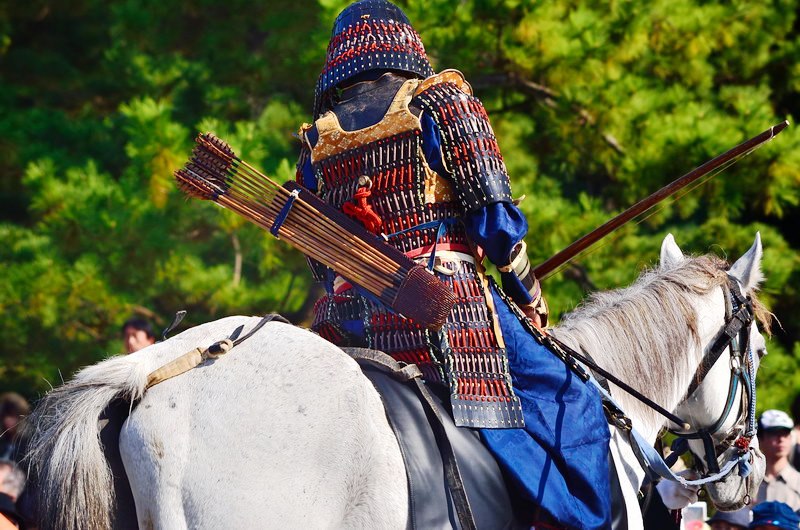
Emerged during the first millennium AD, Samurai were noblemen warriors. Most if not all, were landowners and leaders of society. Even the lowest Samurai were considered wealthier and far privileged than ordinary Japanese folks.
To give a quick history, Samurai were horse archers to begin with. Having their right arm less armored, and making it free enough to draw arrows and its bowstring. Eventually they shifted towards swordsmen.
Although they have not abandoned their quivers, they made their armors sturdier. It became symmetrical as they shifted to close quarters fighting, equipped with the finest crafted swords.
Swords aren’t the only weapons of the Samurai. They also utilized spears and clubs, but still their most iconic weapon were a pair of the long Katana and the short Wakizashi. Two sharp and curved sw9rds that are considered deadly.
Samurai commanders were considered as Japan’s political, social, economic, and military elite. Although, Samurai were actually servants of great lords. They back up the authority of the Shogun and give power to them over the emperor.
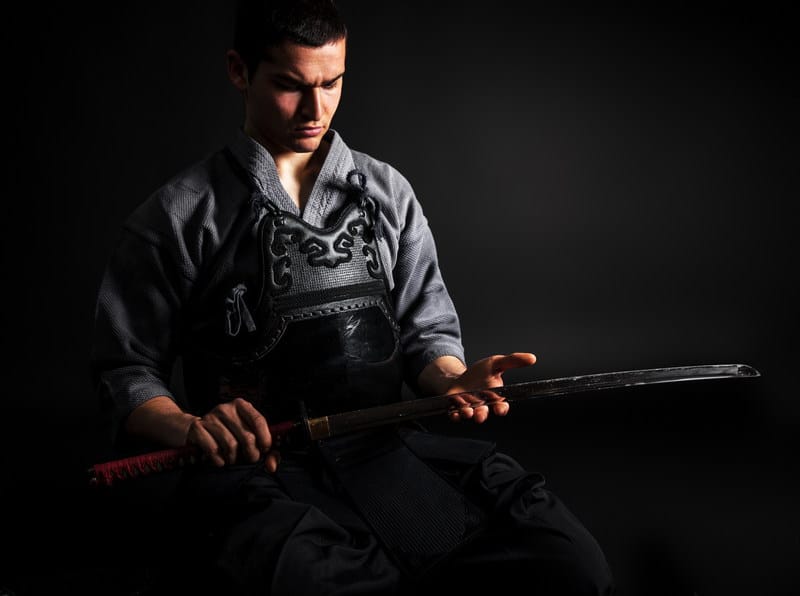
Meiji Restoration
Samurai dominated Japanese society and government until the Meiji Restoration in 1868. This occurrence led to the removal of the feudal system.
Samurai entered the elite ranks of the industry and politics to maintain their power despite being stripped of their privileges. The Samurai have their code of honor, morality, and discipline also known as Bushido o un ‘the way of the warrior’. Eventually, Bushido was revived and is still practiced today as the basic code of conduct for the Japanese society.
Number two: Sohei
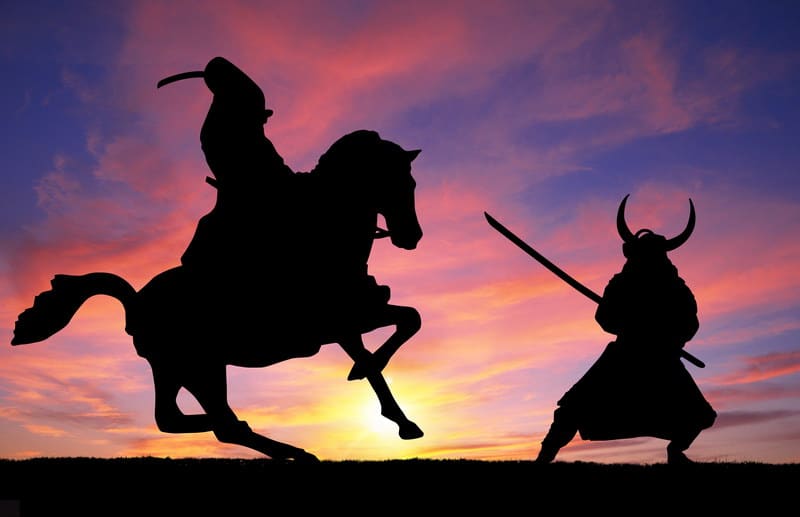
Buddhism is one of the peaceful, high spiritual faith there is today. Through discipline and meditation, devotees of this belief set a path to enlightenment.
Although Sohei were Buddhist warrior monks, they were definitely anything but peaceful. They came to be known during the middle ages as a different sector of Buddhism. Sohei were a major part in the political force of Japan. This made people terrified and wary of their presence for not only do they have the strength in battle, but also they carry spiritual authority and can place curses upon those who displease them.
In the 11th until the 16th Century, they fought alongside the elite Samurai warriors. Although it is worthy to note that they provided enough protection in to lords and temples.
The Battle of Tenno-ji: The Fall of Toyotomi Hideyori
Does Katana Curvature Add Performance Benefits
In terms of equipment, Samurai were more armored than them. Sohei wore the regular infantry armor over their monastic robes. They have knotted towels or cowls used to cover their shaven heads. They used Naginata – a bladed polearm – as their traditional weapon.
The Sohei may be a headache to some, but they are important allies for Samurai lords. They are able to use their military power to claim independence from any sector.
Number Three: Ikko-Ikki
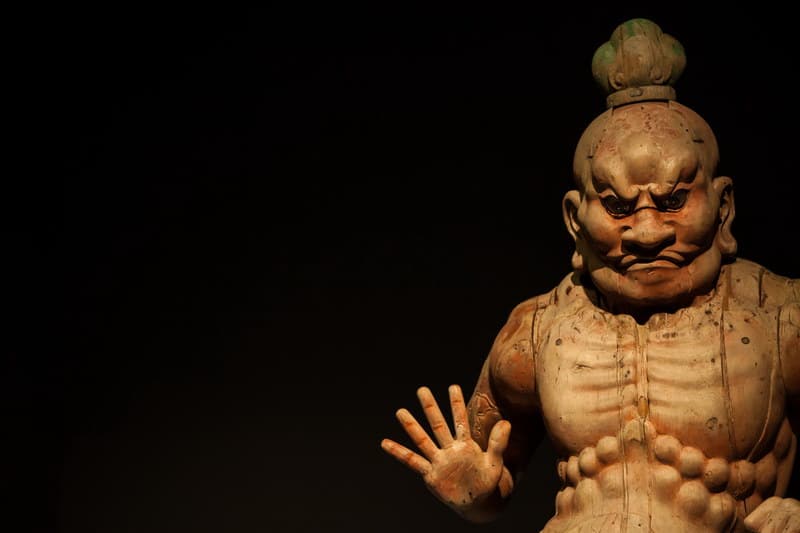
The Ikko-Ikki was another group of fearsome religious warriors. As Buddhist fanatics, their main goal was to spread the teachings of Jodo Shinshu Buddhism and overturn the Feudalist Japan government.
Although being a religious group does have its perks. It was one of the most organized rebel group at the time.
Tracing back, Ikko-Ikki was founded during the 1400s. It consisted of small groups who followed the teachings of Jodo-Shinshu or Pure Land. They followed Amida Buddha believing that Buddha would bring them salvation.
Their ultimate movement and momentum was when they were able to control the entire province of Kaga in 1488, and managed this territory for at least 100 years. In the year 1528, they decided to attack the capitol of Japan, which is Kyoto. It was noted that seeing them march towards the capitol was so scary that even the Shoguns felt like running away.
Ikko-Ikki shaved their heads as a symbol of their undying faith. But aside from that, their fighting skills were known to be almost as good as a Samurai.
There is not much known about this religious sector. However, they definitely did leave a scar through Japan’s heart.
Number Four: Ronin
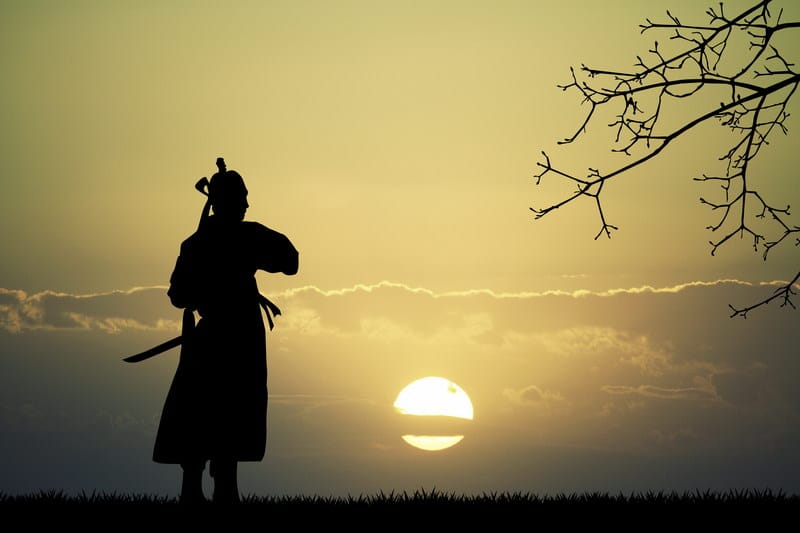
Being a Samurai means that one has to have a master, a Daimyo, or a lord. That hierarchy is should always be clear in the life of a Samurai. A Samurai becomes a warrior without a master if his Daimyo dies or was disgraced. This is the time when the term Ronin is applied to that warrior. Ronin by definition, means ‘man of the waves’.
During the Sengoku period (1467 – 1600), a Samurai was able to easily find a master if their lord dies in a battle. In every war, a Daimyo should never be empty-handed of warriors, and so it wasn’t difficult for them to look for one.
Unfortunately, when Toyotomi Hideyoshi (1585 – 1598) began taking the helm, he began to pacify the country with the Tokugawa Shoguns bringing unity and peace to the country. Basically saying, there were no need for extra warriors anymore.
Shinsengumi: Tokugawa Shogunate’s Warriors
The Battle of Sekigahara: History’s Greatest Samurai Battle
Those who chose to live as masterless lived a life in poverty and disgrace.
You might be wondering, is there any alternatives to becoming a Ronin?
Well, yes. The first is when a Samurai would go and serve a new Daimyo, which should be a close relative of his previous lord. Secondly, the Samurai should commit Seppuku if he has been emotionally attached to his lord. Seppuku is a suicidal ritual that is considered an honorable death to Samurai. Also according to the code of Bushido, if their lord dies in a battle, the Samurai should also kill himself.
The latter was preferred because it meant the society had to lessen the killings of ‘freelance’ warriors.
Number Five: Ninja
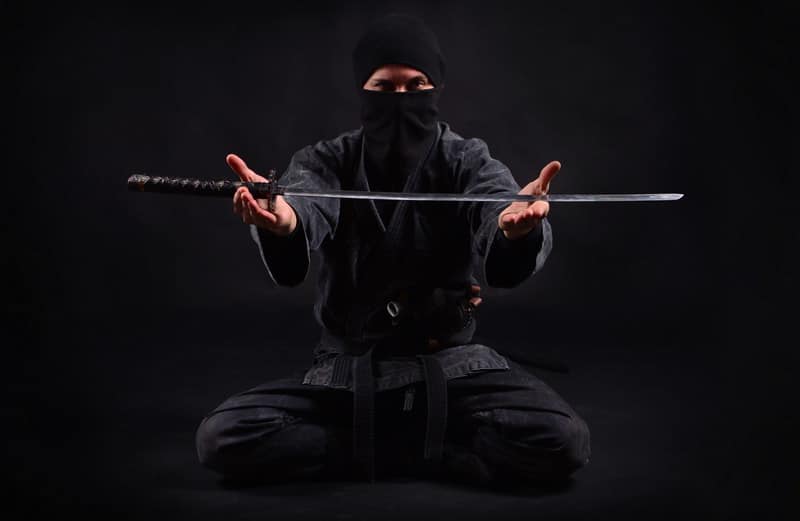
It is quite difficult to pin down the origins of Ninja, or more properly termed as Shinobi. But there are legends saying that they descended from a half-man half-cow demon.
Ninja have a very different role from the rest of the warriors of Japan. They never fought upfront in the battlefield. Instead, they utilize the shadows and do assassination jobs. One story is the Daimyo Uesegi Kenshin who died in 1578. It was rumored that he was assassinated by a Ninja who hid in the filth of a lavatory for days.
As for their clothing, they favored black to conceal them from view at night. For daytime, they wore Khaki brown and regular clothes depending on their mission and how they needed to camouflage themselves amongst the population.
Customize Your Own Sword!
Whether you relates more to Samurai, Ninja or other warriors of ancient Japan, you can design your own Japanese sword just the way you want it, from the style of fittings, steel used for the sword to the color of the handle, we offer the largest selection of options available on the web! check it out by clicking the sword you want to customize below:

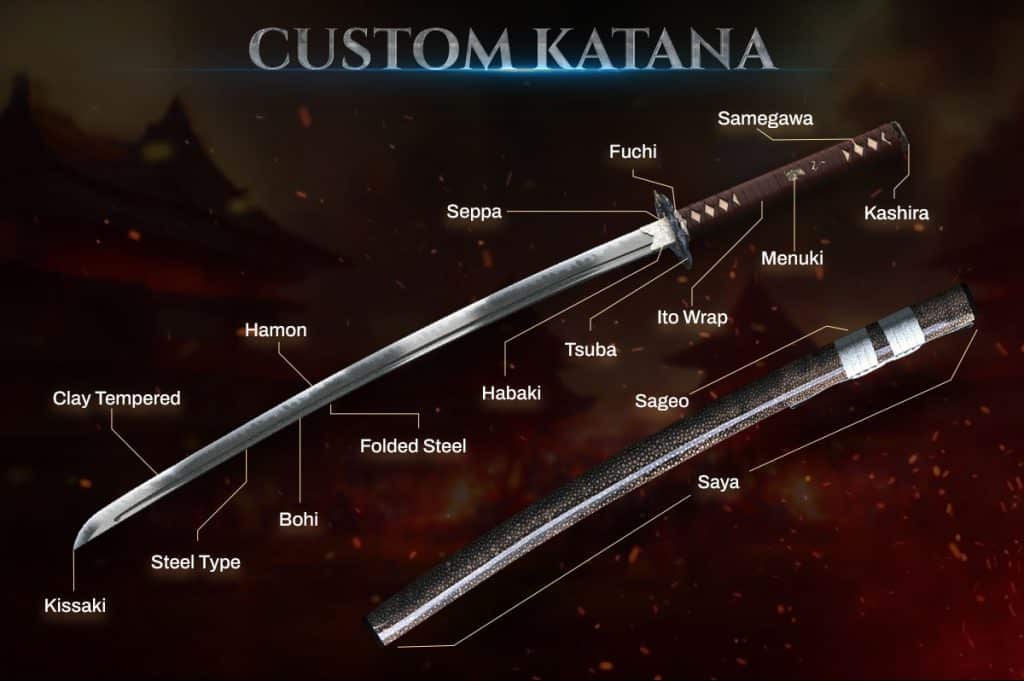
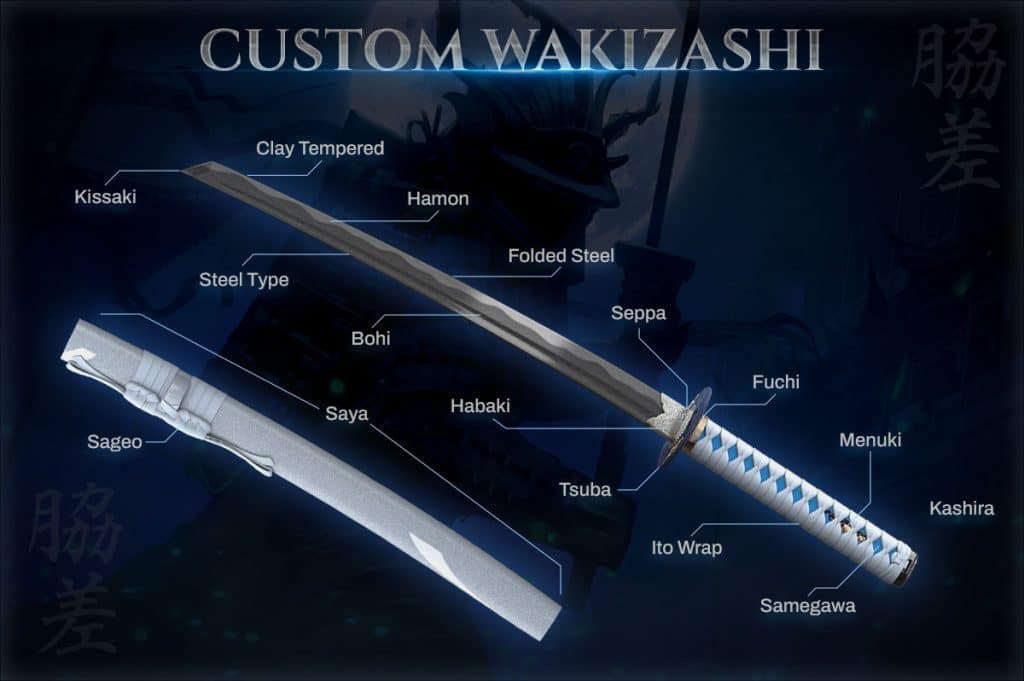
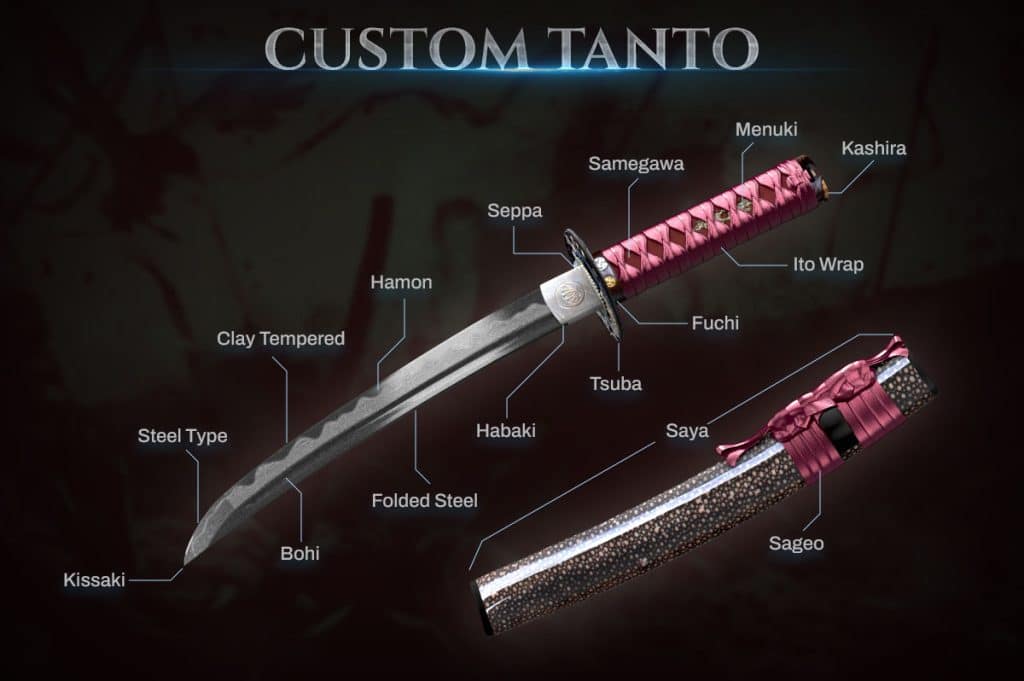
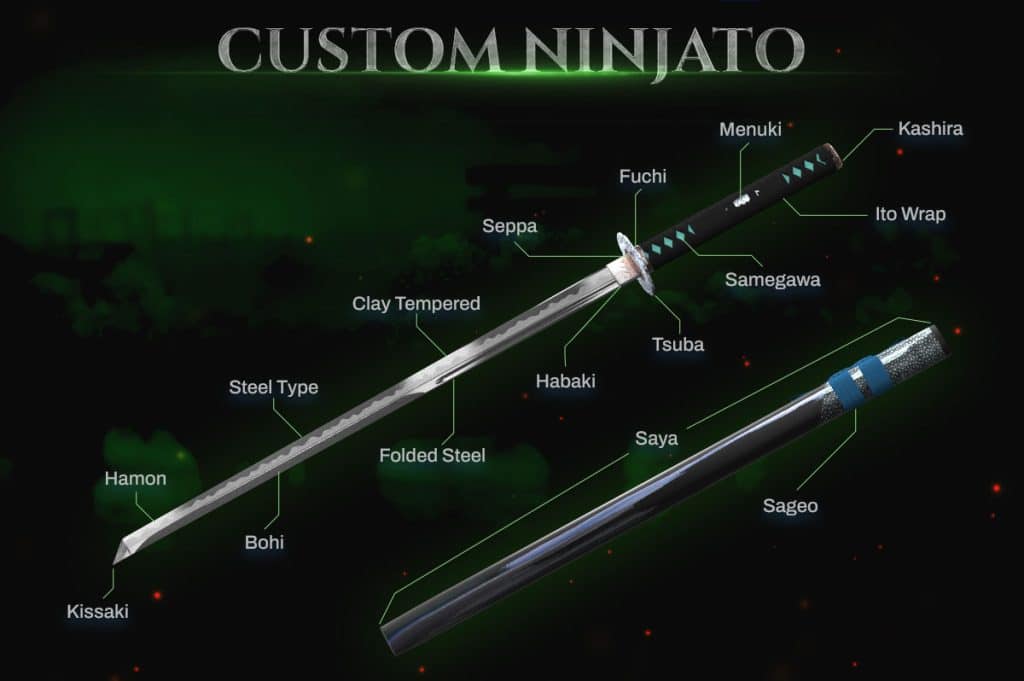
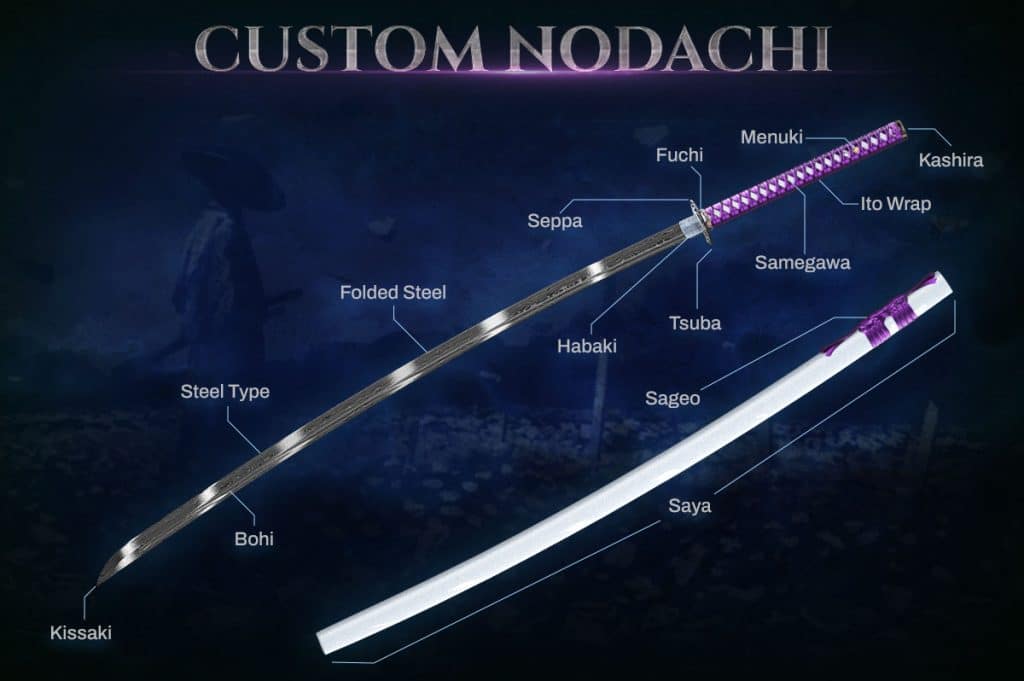
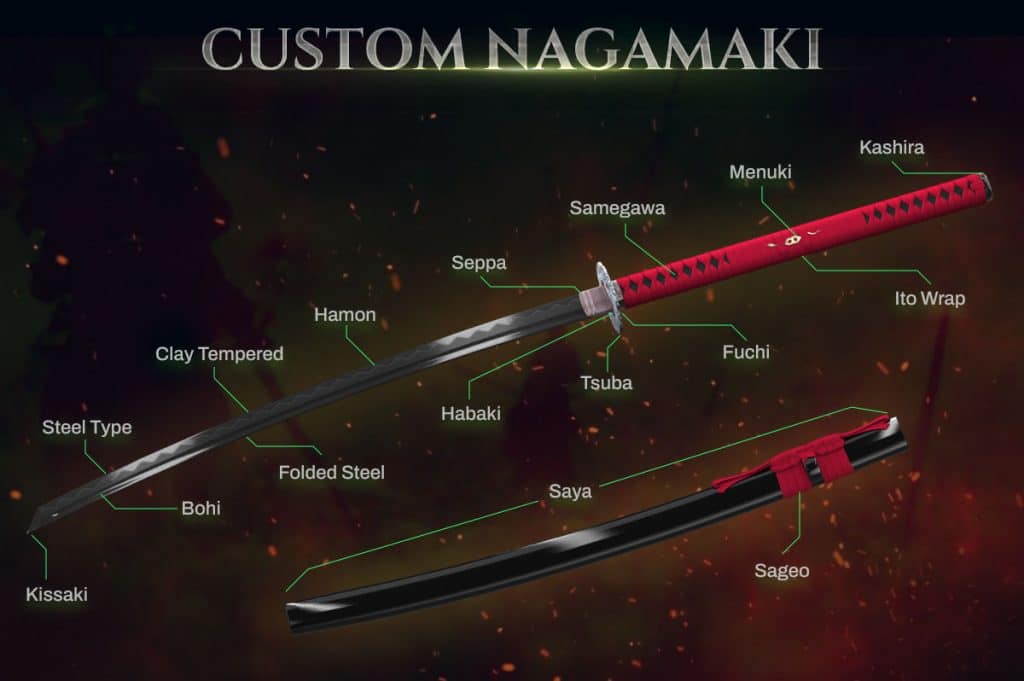
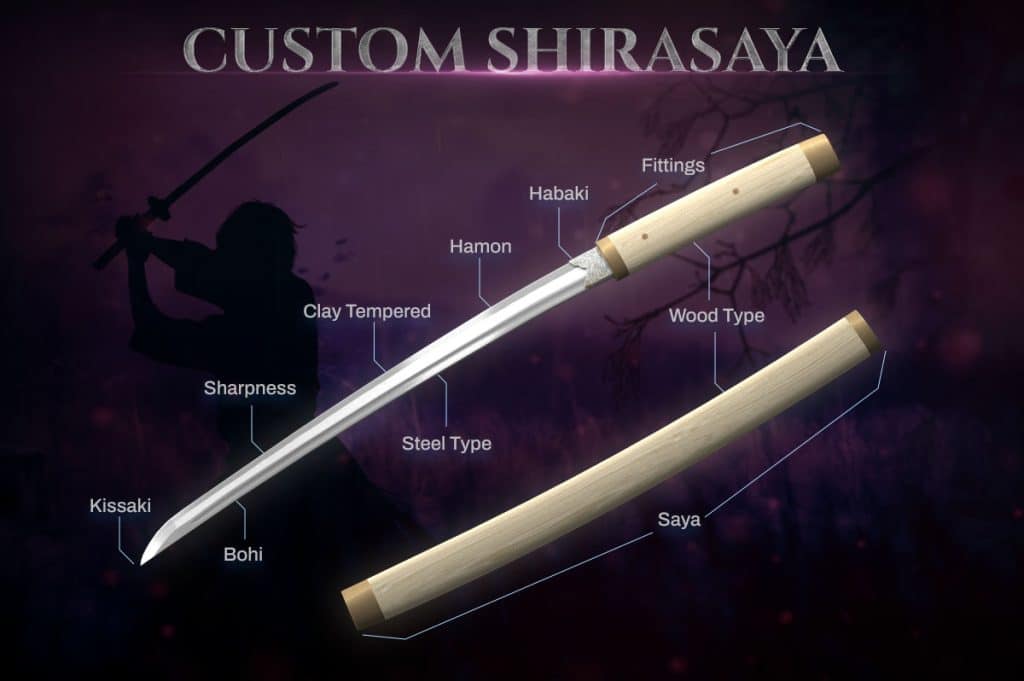
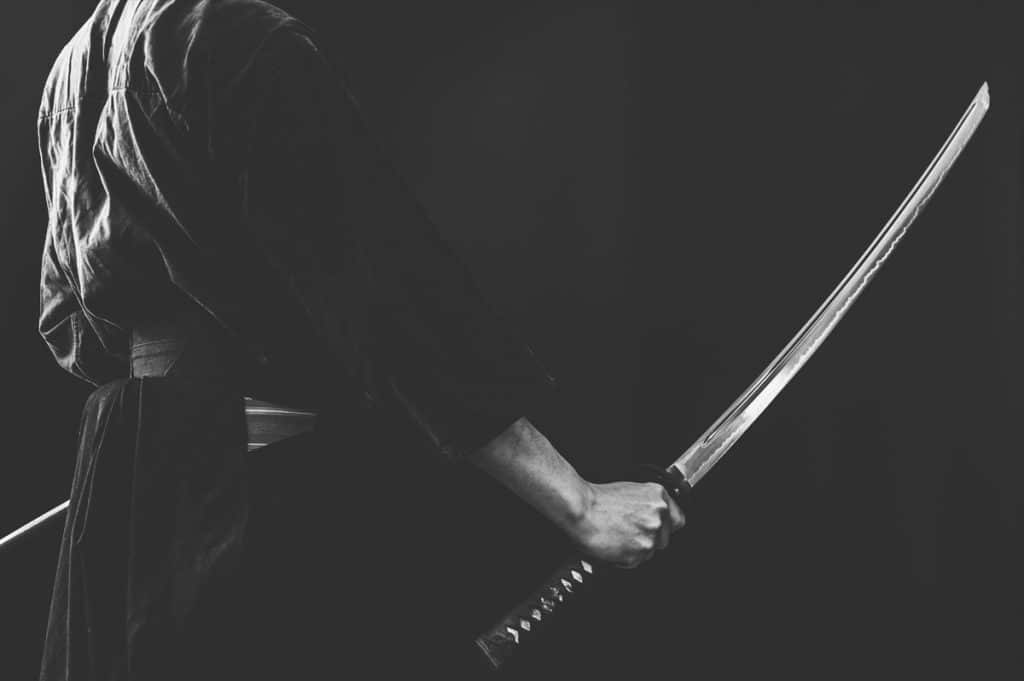
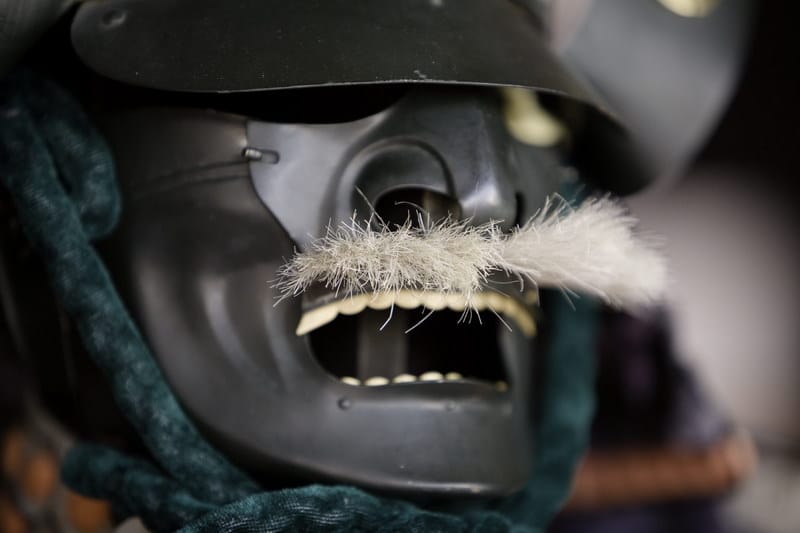
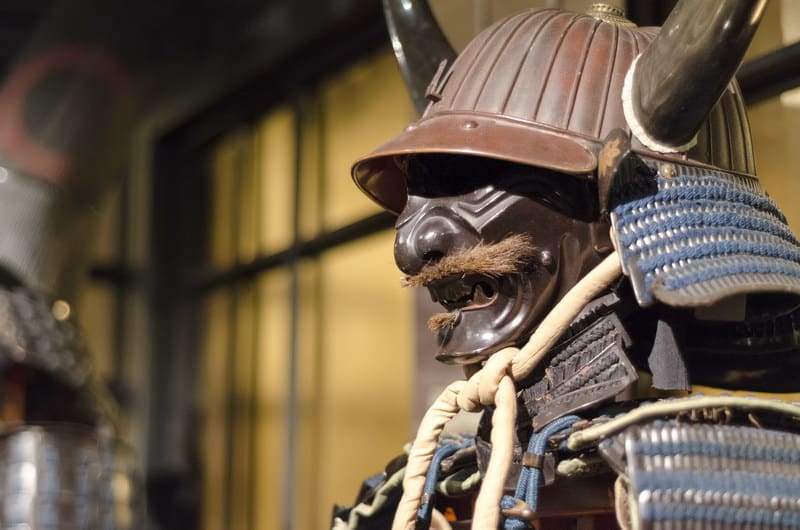
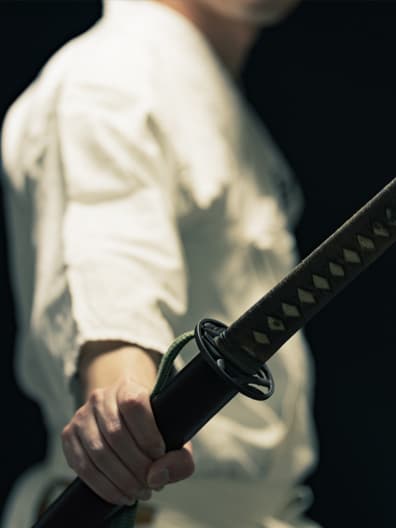
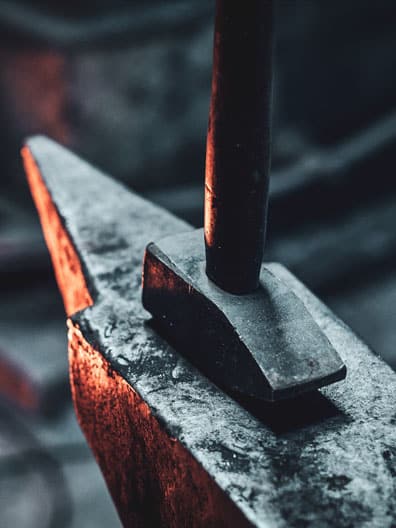
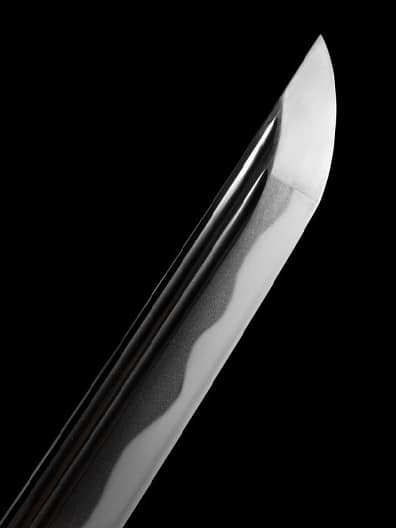
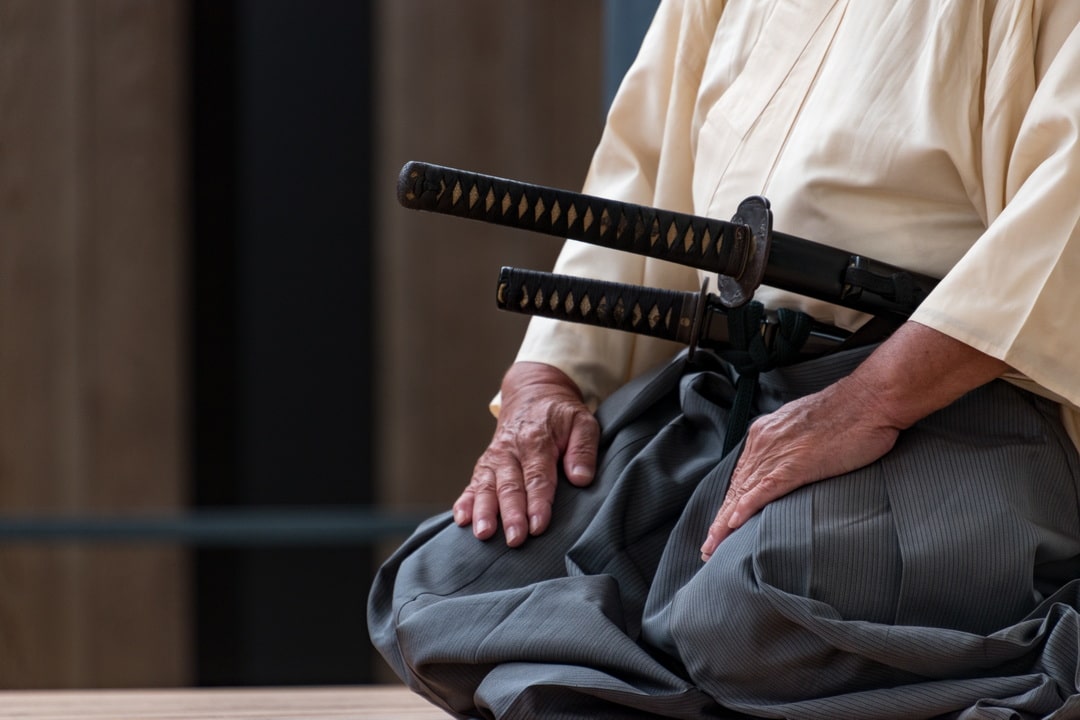
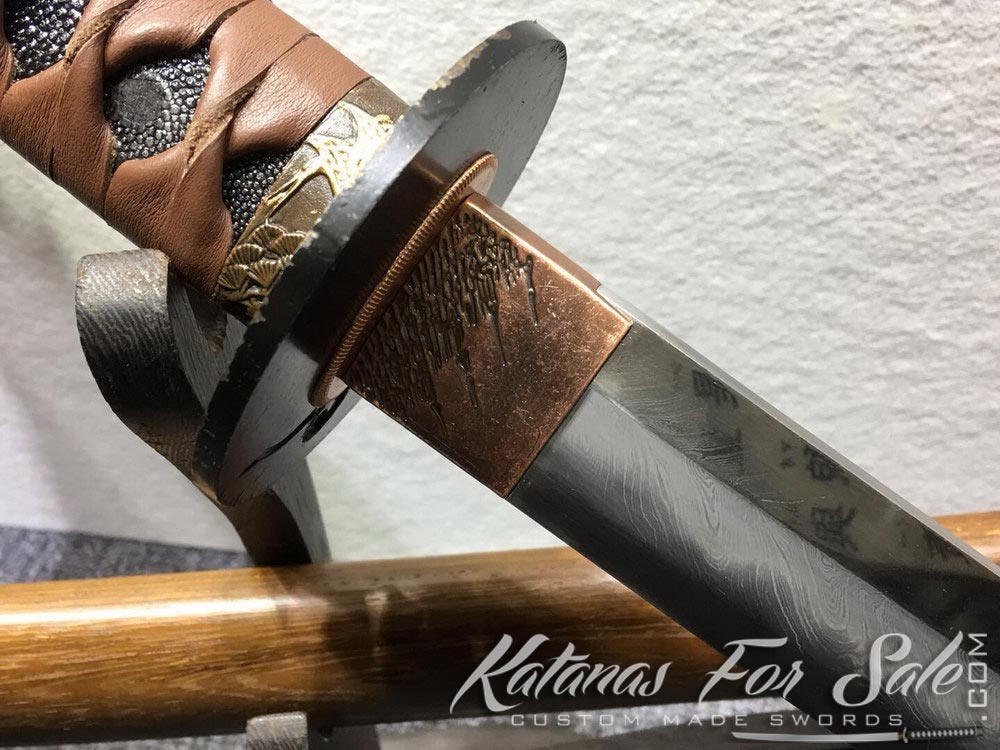
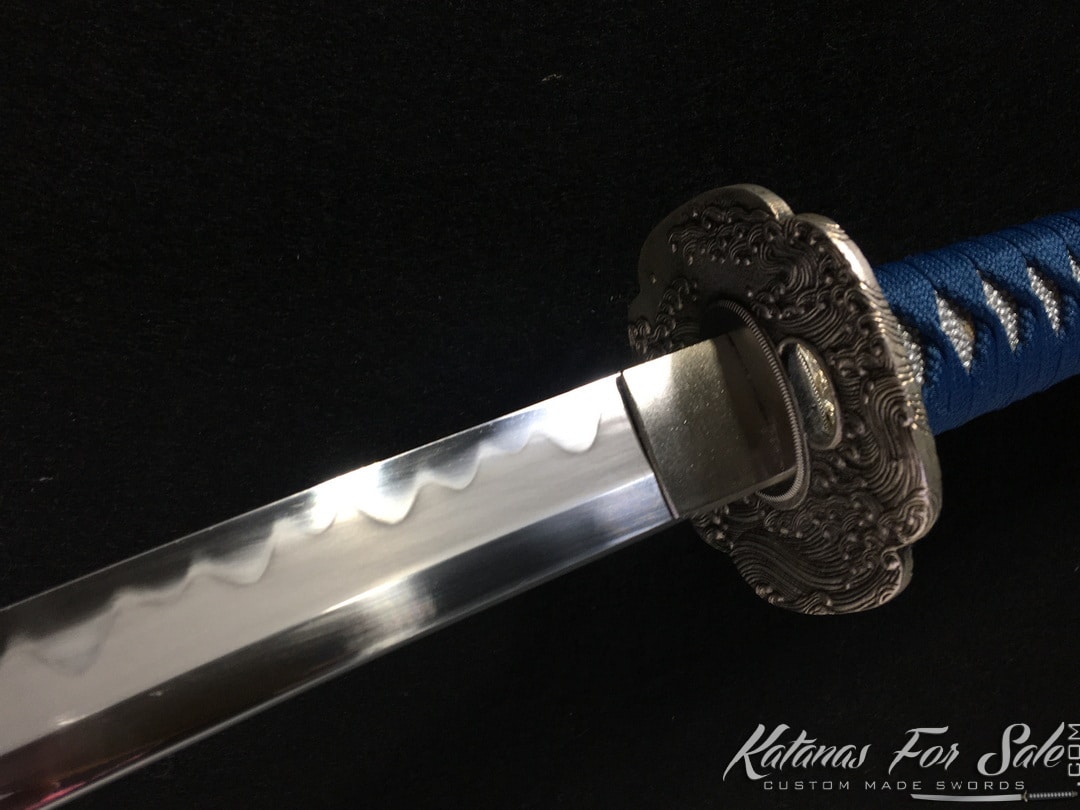
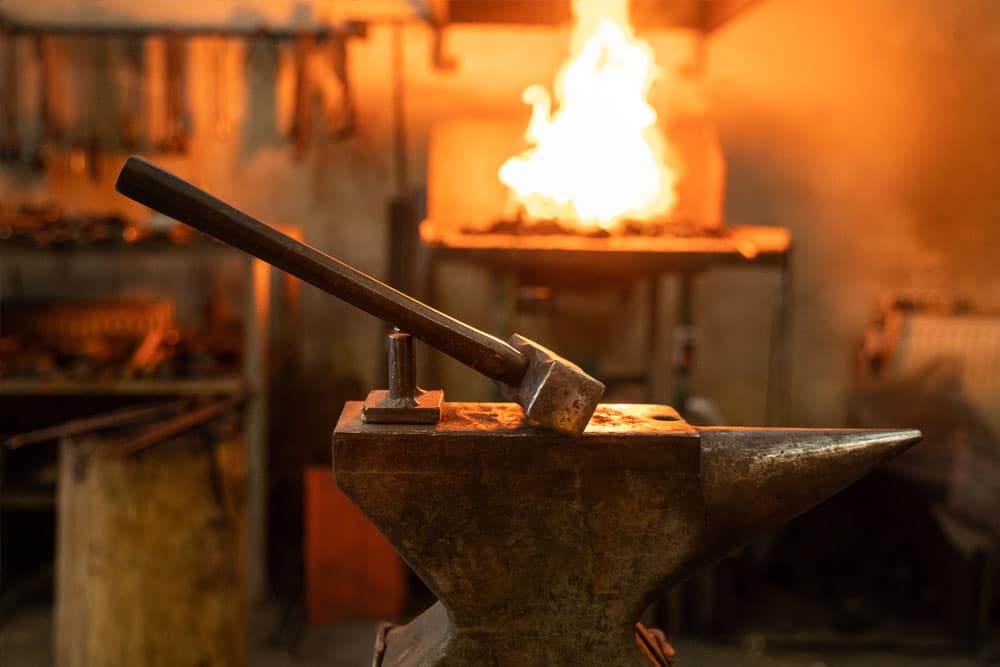

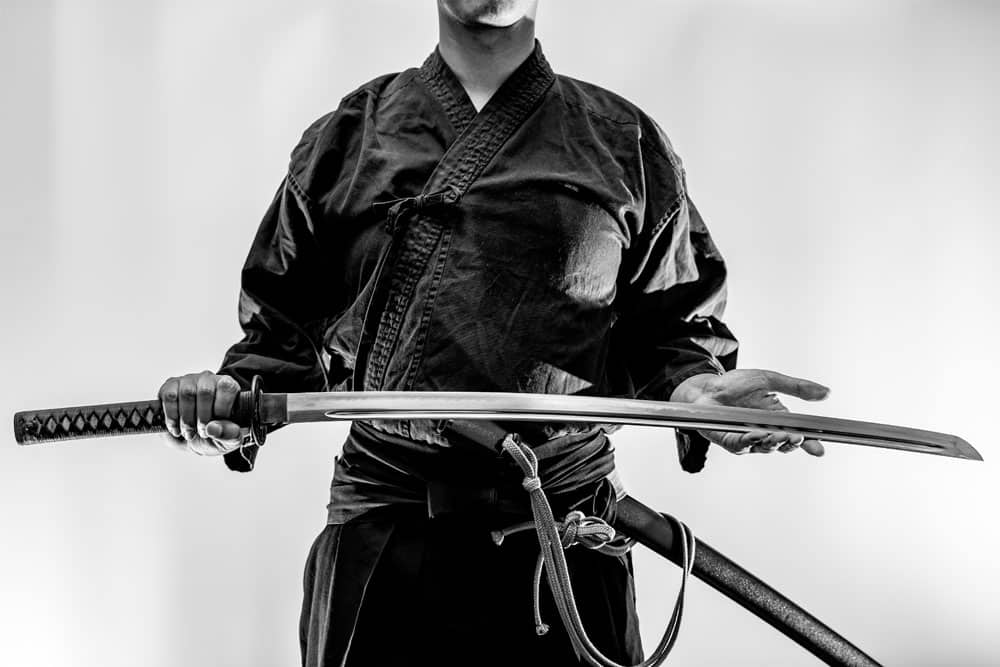

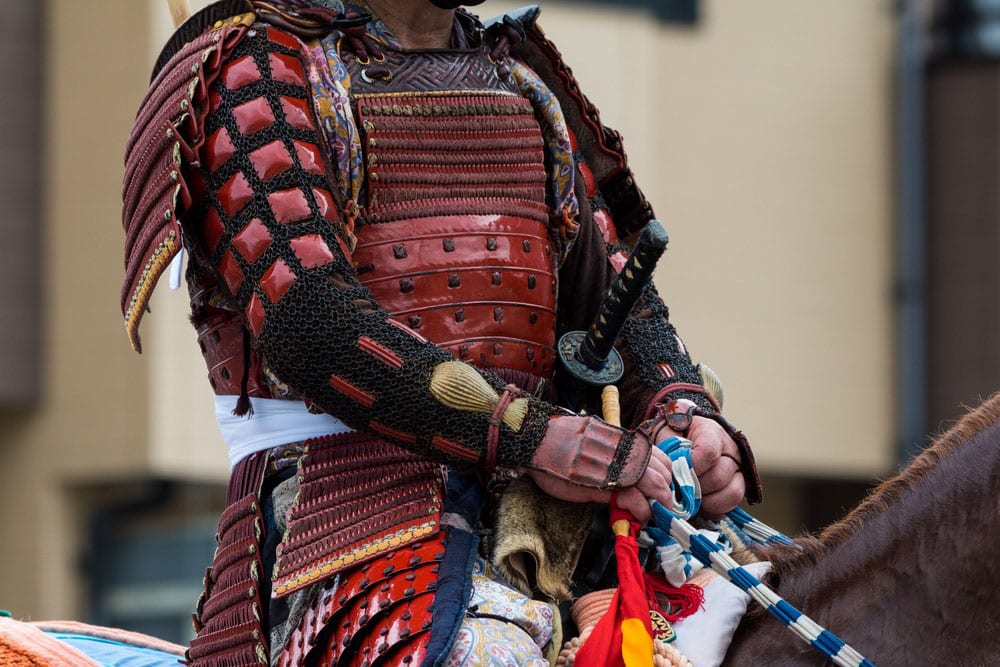
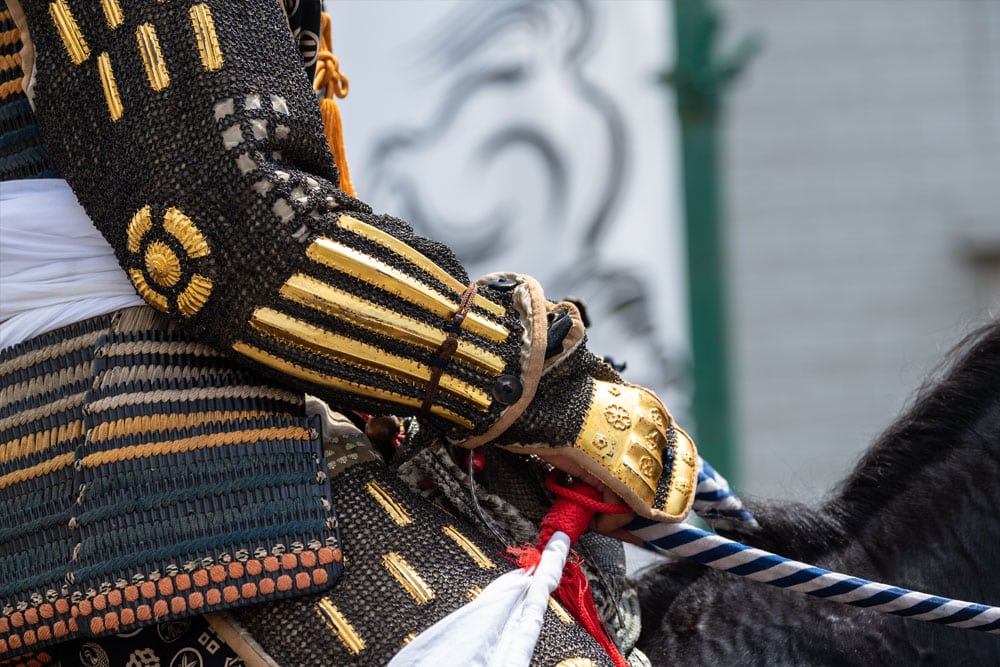
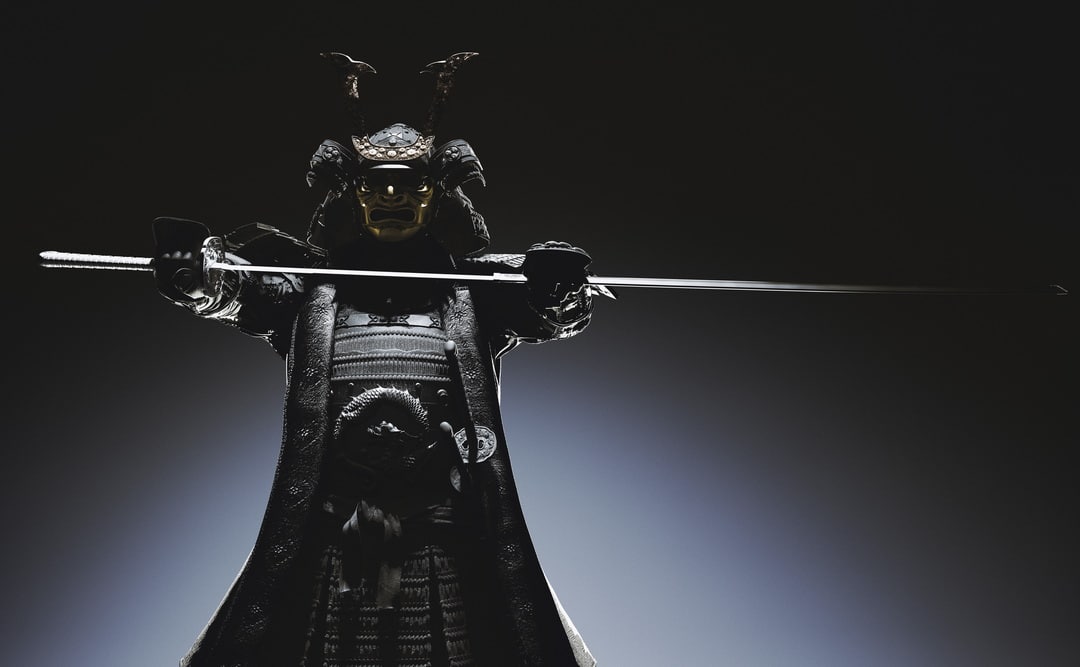
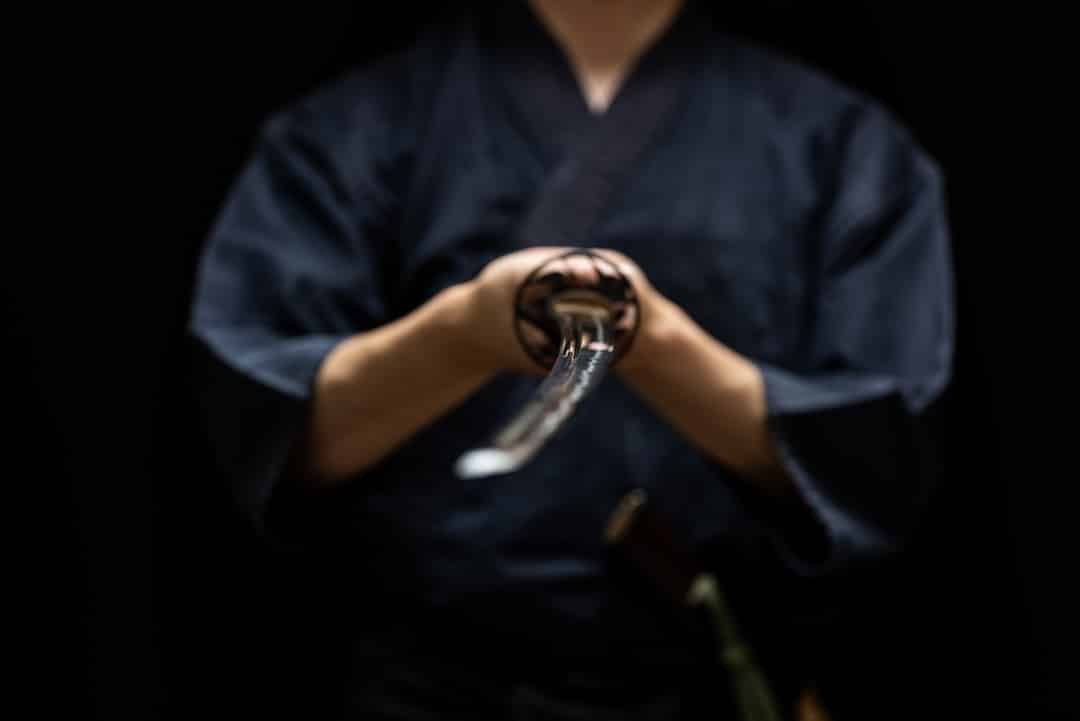
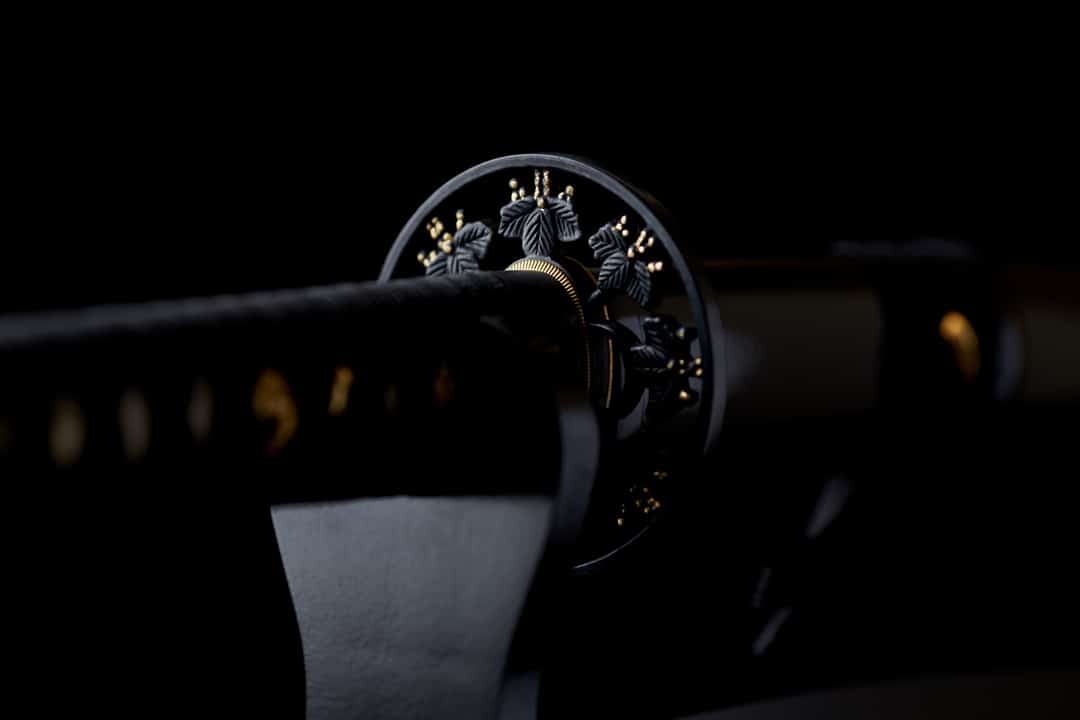
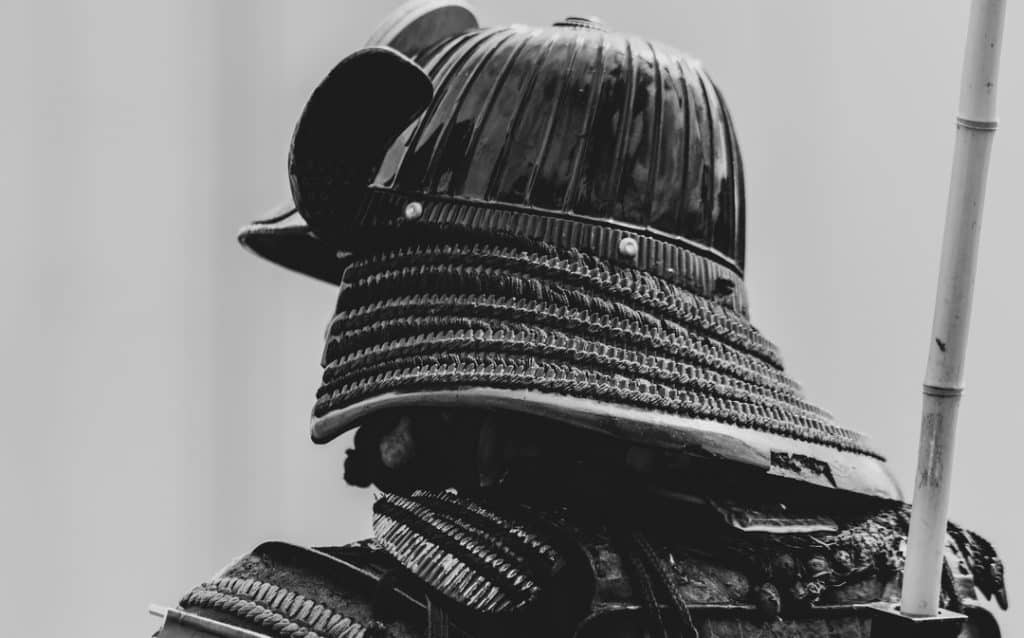


Test Your Knowledge
Feudal Japan's Warriors and Roles Unraveled
Samurai Sword Mastery: The Ultimate Challenge
Samurai Wisdom: Embark on a Journey Through the Ages